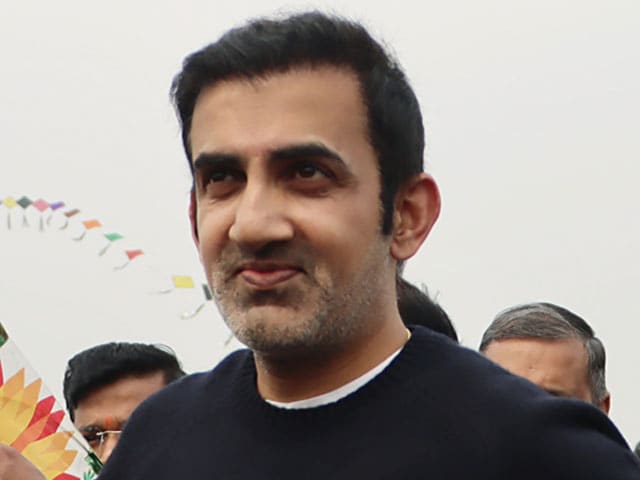A pattern of earlier sleep timing is associated with a lowered risk of major depressive disorder
| Photo Credit: FILE PHOTO
We humans are affected by the cycle of light and darkness that occurs every day. Our bodies have a 24-hour (circadian) rhythm that is translated into physiological processes such as hormone secretion, which in turn drive our actions. To stay in synchrony with the environment, and therefore to perform the right activities at the right time, light serves as an alarm clock. This light synchronisation, photoentrainment, happens in the brain by light signals coming from the eye.
Many other species also depend on light to provide them with cues for their daily routine. When these light patterns are disrupted, their natural rhythms and behaviours can be affected. An example: tourism operators in the Maldives take boatloads of visitors out at night, and shine bright lights of about 4000 watts on the ocean surface. Biological activity in the water picks up as if it is morning, and tourists get to see whale sharks.
Our vision is enabled by the rods and cones, which are photoreceptor cells in the outer retina. The rods are very sensitive to light but are not colour sensitive and so are most useful in dim light; the cones work best in bright light, giving us colour vision. Rods and cones convert photons of light into electrical signals, which are passed on to retinal ganglion cells. These cells process information from the retina and pass it on to the brain.
Photosensitive cells
About 20 years ago, a new class of cells that could perceive light was found in the inner retina. Called the intrinsically photosensitive retinal ganglion cells (ipRGC), these cells contain a photopigment, melanopsin, that allows them to directly respond to light. These cells have very important roles in our body’s interaction with light that are not related to seeing.
Electrical impulses from the ipRGC travel to areas of the brain that are involved in sleep, alertness and mood regulation. Signals also project to the area of the brain that controls the pupils of the eyes, causing them to constrict in response to bright light.
Importantly, electrical signals travel to a part of the hypothalamus that regulates circadian rhythms. This part of the brain has long been known to be the master clock, where your body’s internal clock is synchronised with the light-dark cycle in the outside world that is driven by the sun.
Morning birds
Morning diurnal preference is the classification for people who prefer early sleep and who rise early. Peak performance is earlier in the day, and the condition is associated with a reduced risk of obesity as well as better academic performance. Several studies have also shown that a pattern of earlier sleep timing is associated with a lowered risk of major depressive disorder (Scientific Reports, 12003, 2021).
Stanford neurobiology professor Andrew Huberman, in his popular podcast has pointed to the beneficial effects of low-angle light from the morning sun in resetting the circadian clock. ipRGC cells are most responsive to blue light (480 nm). The morning light has a low ratio of blue to yellow light, just enough to send a message to the hypothalamus marking the start of another circadian cycle. Sixteen hours later, your body is going to be sleepy. So go out and be in the morning light — sunny or cloudy, but don’t stare at the sun! Synchronizing your clock will improve your health — physical and mental.
(The article was written in collaboration with Sushil Chandani, who works in molecular modelling)










